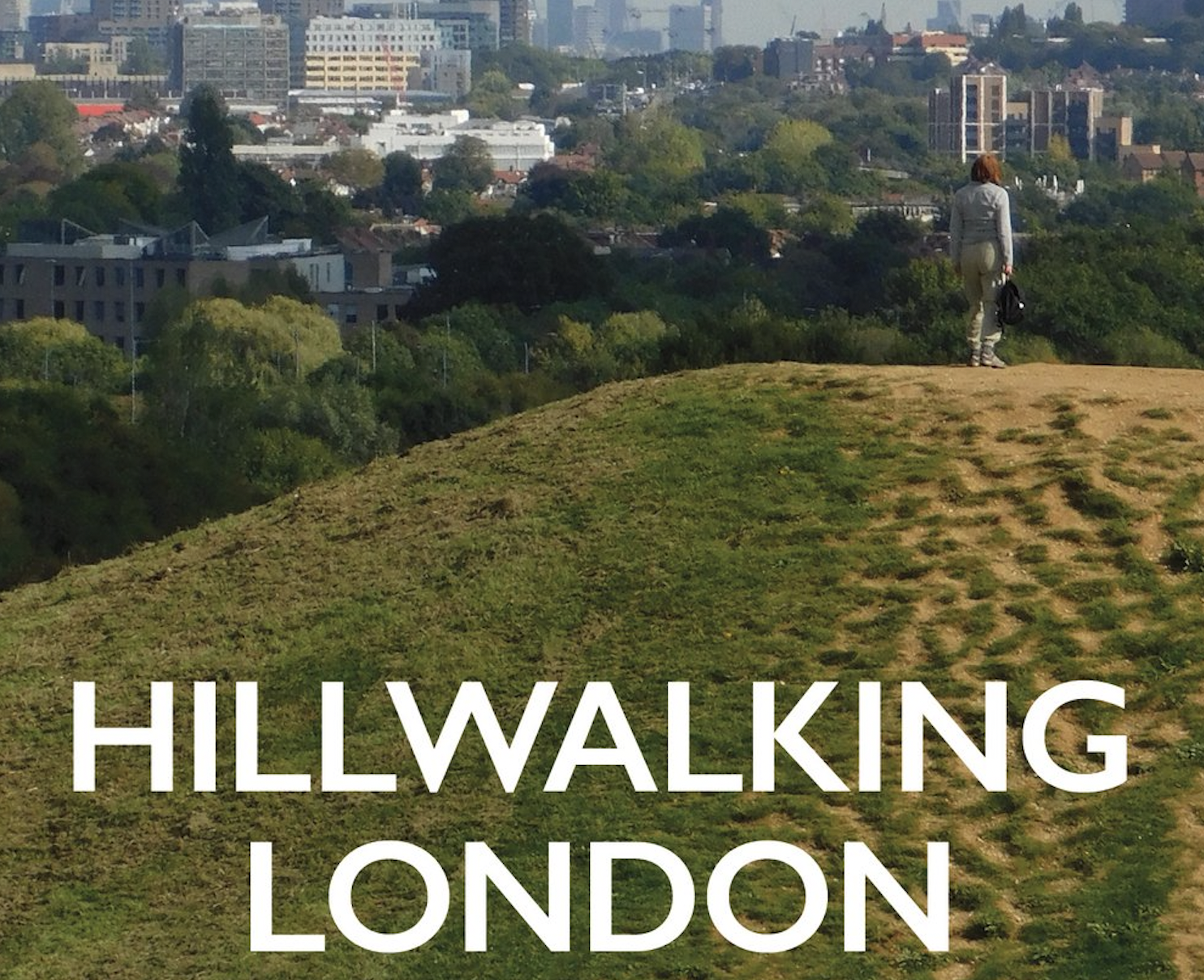Post
BOOK REVIEW | Hillwalking London : Ten High-level walks to the Heights of the Capital
1 Jun 2023
By Caroline Buckland
Reviewed by Clare Delmar
I’ve always been an avid hill walker and can boast some of the world’s greatest hills in my roster – the Haute Route in the French & Swiss Alps and the Walk of the Gods on the Amalfi coast to name a few. Asked to review this book last month I thought I’d wait until my return from another of the world’s great hill walks – the Salkantay Trail in the Peruvian (ending at Machu Picchu) so that the essence of hill walking was fresh in my mind (and my legs).
Well, I have returned from there to a late-spring London and a pumped-up group of walking friends, so a perfect time to reflect on what I would expect from a good hill walk and more to the point from a book recommending hill walks.
My starting list would include:
- Map and navigation
- Experience with weather, taking into account comfort and visibility
- Robust risk assessment and realistic assessment of the level of fitness (both mental and physical) are required not just to complete but to enjoy
- How this applies to solo or group experiences
- Photo-taking spots, opportunities and Instagrammable favourites
- Refreshment spots
Interweaving history and culture is another plus, and any guide to walks in London would be remiss without a nod to the historical and cultural context of the walk.
Recognising this isn’t the High Andes the principles apply everywhere – hill walking is to be enjoyed, not simply endured, whatever the weather. There’s another thing I value about walking guides – that they’re written in a way to attract and inspire the prospective walker, but also to revisit when a walk is done, to reinforce the event and activity and to share with others. Engaging with information before and after is very different – before involves apprehension, sometimes anxiety although anticipation and curiosity play a big part. After involves, barring any calamity, a sense of achievement and hopefully a thirst for more adventure. So, the description and guidance must satisfy both.
Buckland’s book does a good job on most counts. “Why walk up a hill?” she asks in her introduction and responds “for the chest-pumping, butt-firming exercise. For the calming and contemplative experience of being at one with your surroundings. And for the promise of a unique and stunning view – in this case to remind us what a truly beautiful city we live in”
The ten walks which follow are in, out and across London – from Stanmore to Harrow Weald in NW outer London to New Cross Gate to Forest Hill in SE inner London. Each is described by summits, distance, travel info and information on “base camps” where one can find refreshments and toilets.
There are also some nifty informational inserts for hillwalking geeks like me who crave stats – such as “The Geography and Geology of London” and “London’s 20 highest hills”. Those of you less geeky than me might value this info at your weekly pub quiz: London’s highest hill: South Street in Bromley, 220 m; “ridges south of the Thames are the heartlands of London clay, interspersed with deposits of marine gravels from the pre-glacial age”.
Photography is clear and inviting – perhaps too much so as it always appears sunny (or at least dry). Some of us like rainy day walks and in future this might be accommodated with a guide to hill walking in bad weather, subtitled “There’s no such thing as bad weather, just bad clothing.”
All in all, a good read for both the novice and more experienced hill-walker, Londoner or not, and I shall be sharing it with my hiking community. Happy Trails!
